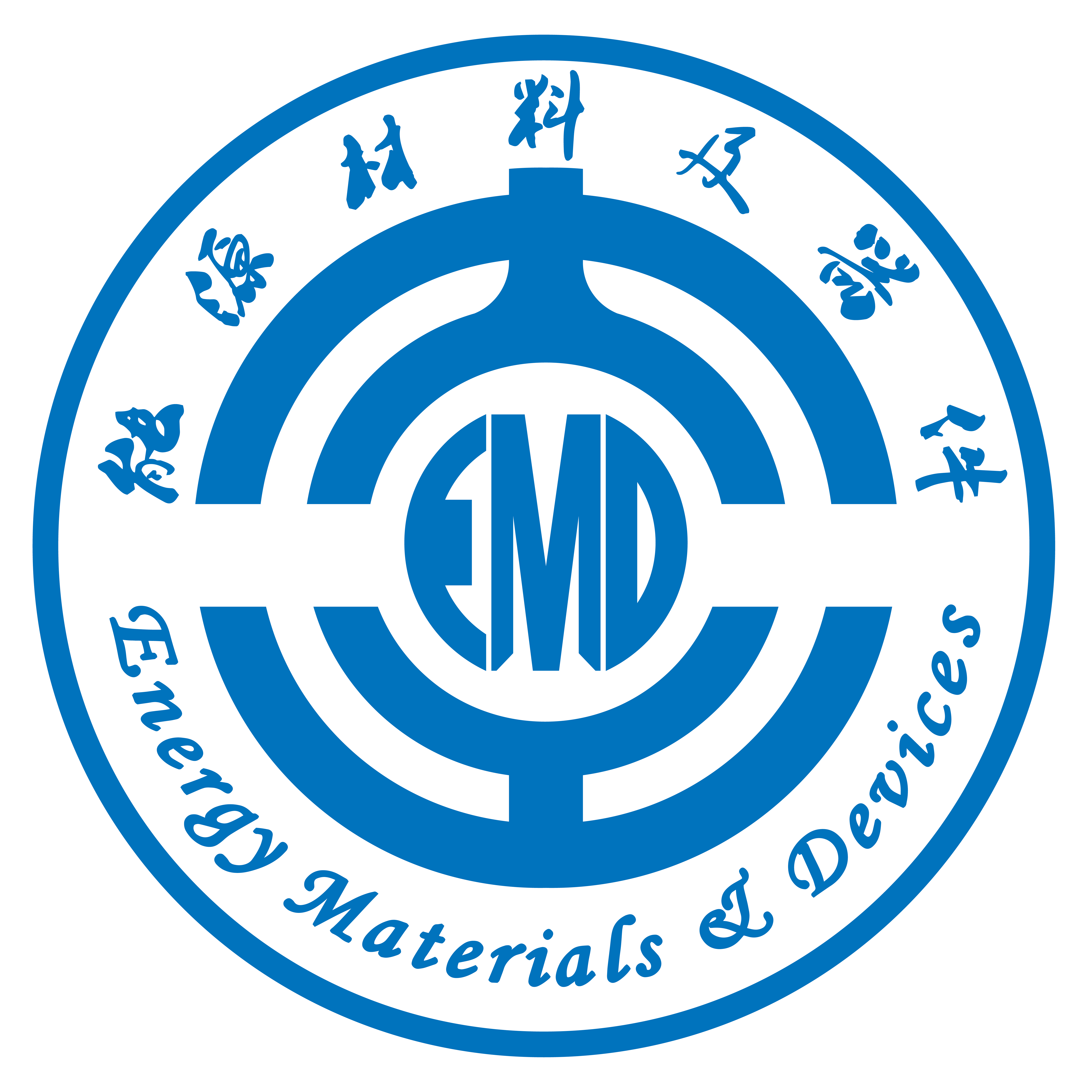Abstract: Li-rich Mn-based oxide cathodes (LMOs) are regarded as one of the most prospective high energy density cathodes due to the reversible anion redox reaction, which gives them a very high capacity. However, LMOs materials usually have problems like low initial coulombic efficiency (ICE) and poor cycling performance during cycling, which are associated with irreversible surface O2 release and unfavourable electrode/electrolyte interface side reactions. Herein, an innovative and scalable NH4Cl-assisted gas–solid interfacial reaction treatment technique is employed to construct oxygen vacancies and spinel/layered heterostructures simultaneously on the surface of LMOs. The synergistic effect of the oxygen vacancy and the surface spinel phase can not only effectively enhance the redox properties of the oxygen anion and inhibit irreversible oxygen release, but also effectively mitigate the side reactions at the electrode/electrolyte interface, inhibit the formation of CEI films and stabilize the layered structure. The electrochemical performance of the treated NC-10 sample improved significantly, showing an increase in ICE from 77.4 % to 94.3 % and excellent rate capability and cycling stability, with a capacity retention of 77.9 % after 400 cycles at 1 C. This oxygen vacancy and spinel phase integration strategy offers an exciting prospect and avenue for improving the integrated electrochemical performance of LMOs.
https://doi.org/10.1016/j.jcis.2023.06.050

